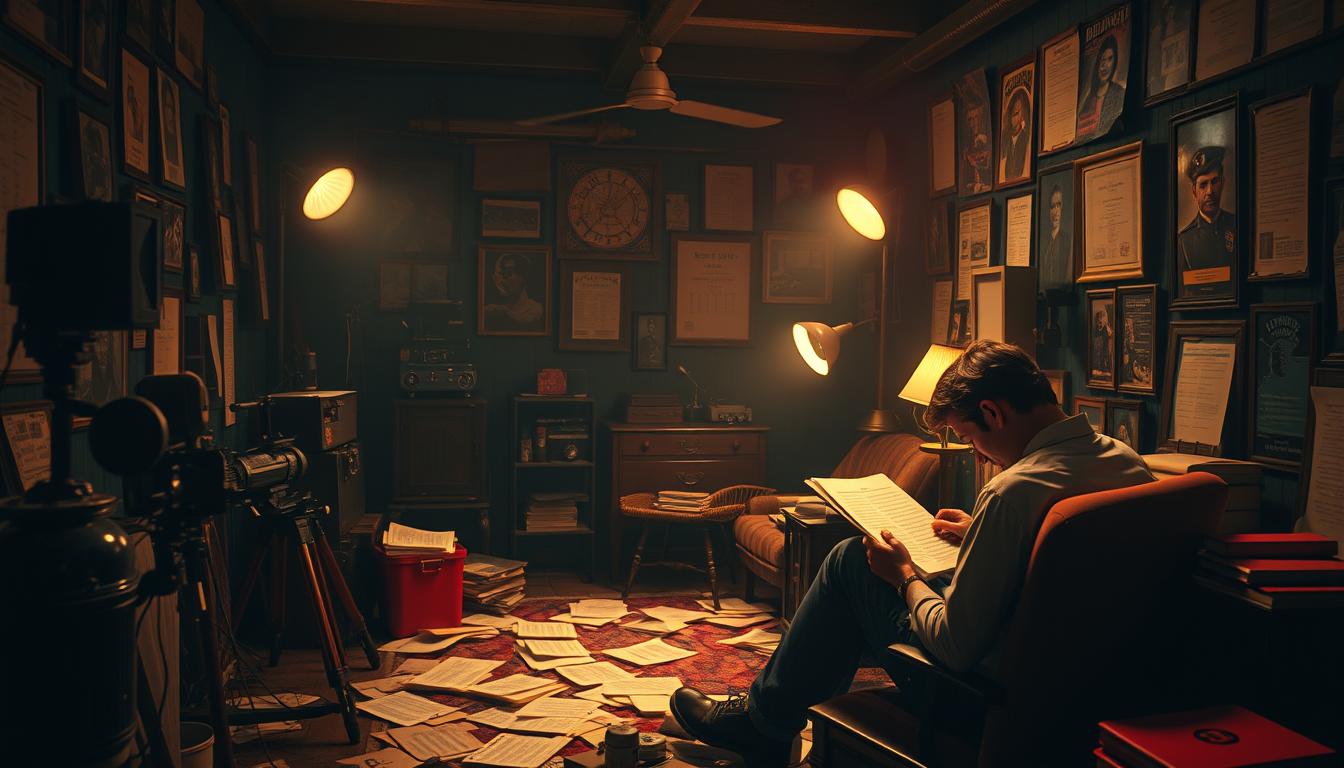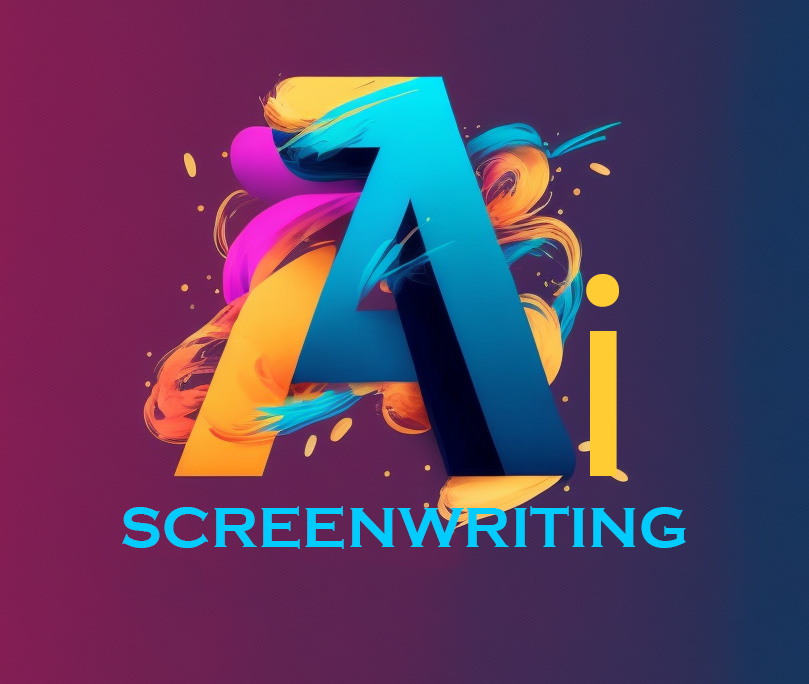
Film scriptwriting is the backbone of the movie-making process, transforming ideas into visual storytelling that captivates audiences around the globe.
For aspiring screenwriters, mastering the essential techniques of film scriptwriting is crucial not only for refining their craft but also for enhancing the chances of getting their scripts noticed.
This comprehensive guide covers the basics of film scriptwriting, key elements of a successful screenplay, character creation, dialogue crafting, structuring your script, and the importance of revision.
Whether you’re an amateur writer or looking to polish your skills, this article will provide you with the knowledge and tools necessary to navigate the world of film scriptwriting effectively.
The BEST AI Screenwriting tool on the Internet!
Key Takeaways
- Film scriptwriting requires a solid understanding of its fundamental principles.
- Key elements such as plot, character, and theme are essential for crafting a successful screenplay.
- Creating relatable and compelling characters is crucial for engaging dialogue.
- The three-act structure provides a foundational framework for organizing your script effectively.
- Revision and editing are vital steps in refining your screenplay for maximum impact.
Understanding the Basics of Film Scriptwriting
Film scriptwriting is an essential component of the filmmaking process, serving as the blueprint for transforming an idea into a full-fledged cinematic experience.
At its core, film scriptwriting involves crafting a narrative that outlines the dialogue, actions, and internal thoughts of characters, framed within a structured format.
This not only ensures that every scene flows logically but also guides directors, actors, and production teams in visualizing the story.
To master the art of film scriptwriting, writers must grasp key elements such as plot development, character arcs, and pacing, while also adhering to industry-standard formats—often using software designed specifically for screenwriting.
Whether you’re a novice eager to delve into storytelling or a seasoned writer refining your craft, understanding these basics of film scriptwriting is crucial for creating engaging and compelling scripts that resonate with audiences.
Key Elements of a Successful Screenplay
When diving into the world of film scriptwriting, understanding the key elements of a successful screenplay is crucial for any aspiring writer.
A well-crafted screenplay not only captures the imagination of its audience but also serves as a blueprint for the film production.
Firstly, a compelling concept is essential; this involves a unique premise that piques interest.
Next, character development plays a significant role, as relatable and dynamic characters drive the story forward and engage viewers emotionally.
Additionally, a strong structure, typically adhering to the three-act format, ensures that the narrative flows logically and maintains tension throughout.
Dialogue is another critical component of film scriptwriting; it should sound natural and contribute to character development while advancing the plot.
Lastly, the theme of the screenplay—its underlying message or moral—adds depth and resonates with audiences on a broader level.
By focusing on these key elements, writers can enhance their craft and create screenplays that not only stand out but also have the potential to captivate audiences and industry professionals alike.
‘The first draft is just you telling yourself the story.’ – Terry Pratchett
Creating Compelling Characters and Dialogue
Creating compelling characters and dialogue is crucial in film scriptwriting, as these elements breathe life into the narrative and connect with audiences on an emotional level.
A well-crafted character possesses distinct traits, motivations, and flaws that resonate with viewers, allowing them to become invested in their journeys.
To achieve this, writers should delve into each character’s backstory, fostering authenticity and relatability.
Similarly, dialogue is not merely a tool for conveying information; it should reflect each character’s voice and personality while also serving the story’s pacing and tension.
Utilizing subtext in dialogue can enhance depth, engaging the audience by allowing them to read between the lines.
Therefore, focusing on the intricate interplay of characters and dialogue is essential for any writer aiming to master the art of film scriptwriting.
The BEST AI Screenwriting tool on the Internet!
Structuring Your Script: Three-Act Structure Explained
When it comes to film scriptwriting, one of the most effective frameworks to organize your narrative is the three-act structure.
This method divides your script into three distinct parts: Setup, Confrontation, and Resolution.
In the Setup, you introduce your characters, establish the setting, and present the central conflict that will drive the story.
This act is crucial in engaging your audience and ensuring that they are emotionally invested in the characters’ journeys.
Moving into the Confrontation, which often comprises the bulk of the script, you delve deeper into the challenges your characters face, escalating conflicts, and introducing subplots that add depth to the narrative.
This act is about building tension and drama, leading the viewer through a series of obstacles that heighten their anticipation.
Finally, you reach the Resolution, where the conflicts are resolved, and the story culminates in a satisfying conclusion.
Each act must seamlessly flow into the next, allowing the story to unfold naturally and keeping the audience captivated throughout the film.
Utilizing the three-act structure not only helps in crafting a compelling story but also serves as a guide in the intricate process of film scriptwriting, ensuring that your screenplay resonates with viewers.
The Importance of Revising and Editing Your Script
When it comes to film scriptwriting, the importance of revising and editing your script cannot be overstated.
It’s during this critical phase that a raw concept is refined into a polished narrative, ensuring that your story resonates with the audience.
Revision allows writers to assess the flow of dialogue, character development, and pacing, helping to identify any inconsistencies or unnecessary scenes that might detract from the overall impact of the film.
Moreover, editing aids in tightening the script, eliminating fluff, and enhancing clarity, which ultimately leads to a more engaging viewing experience.
By investing time in these processes, writers can transform their script into a compelling masterpiece that stands out in a competitive industry, effectively conveying themes and emotions that stick with viewers long after the credits roll.








